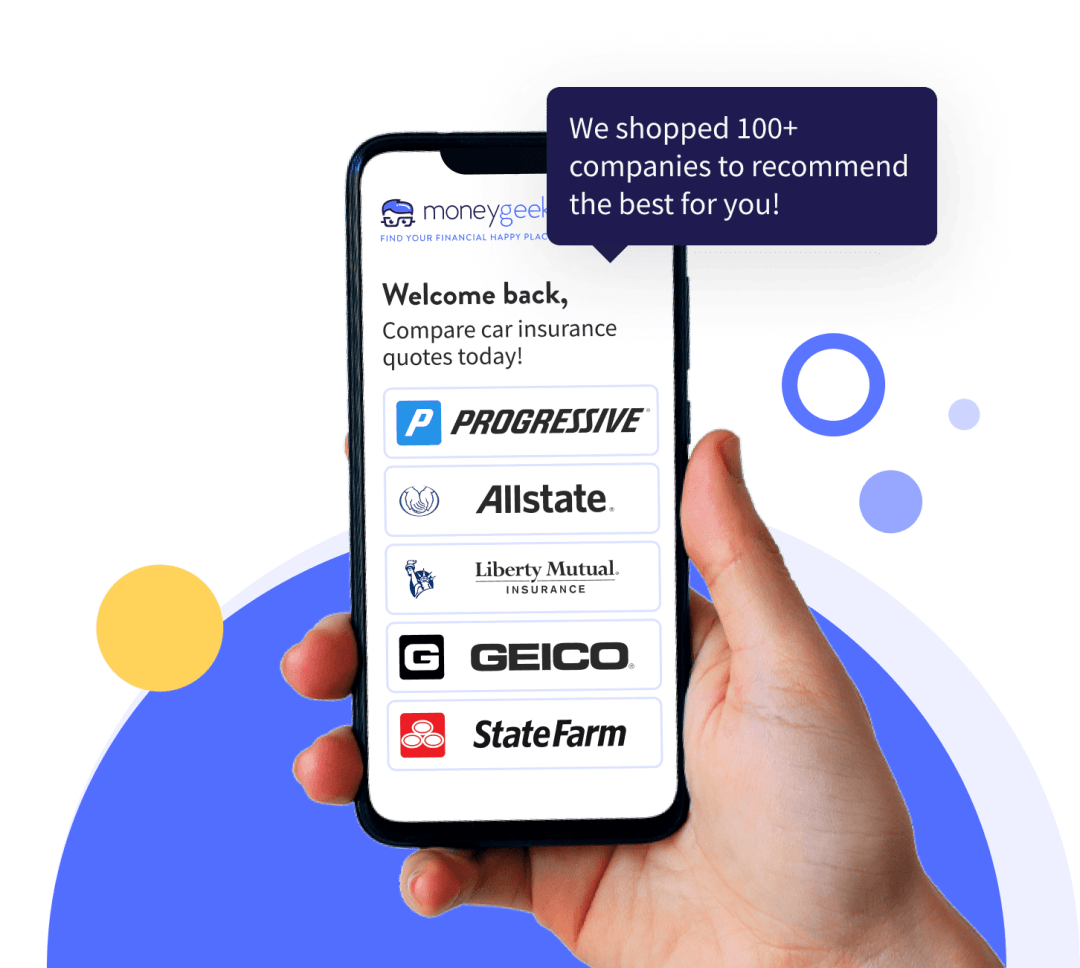Car insurance is legally required in 49 states and the District of Columbia, though coverage requirements vary by state. For example, California's minimum liability coverage is 15/30/5, while Washington, D.C., requires 25/50/10 plus uninsured/underinsured motorist coverage of at least 25/50/5.
New Hampshire is the only state that doesn't mandate insurance to drive. However, New Hampshire drivers must prove they can cover costs in an at-fault accident by meeting liability minimums.








